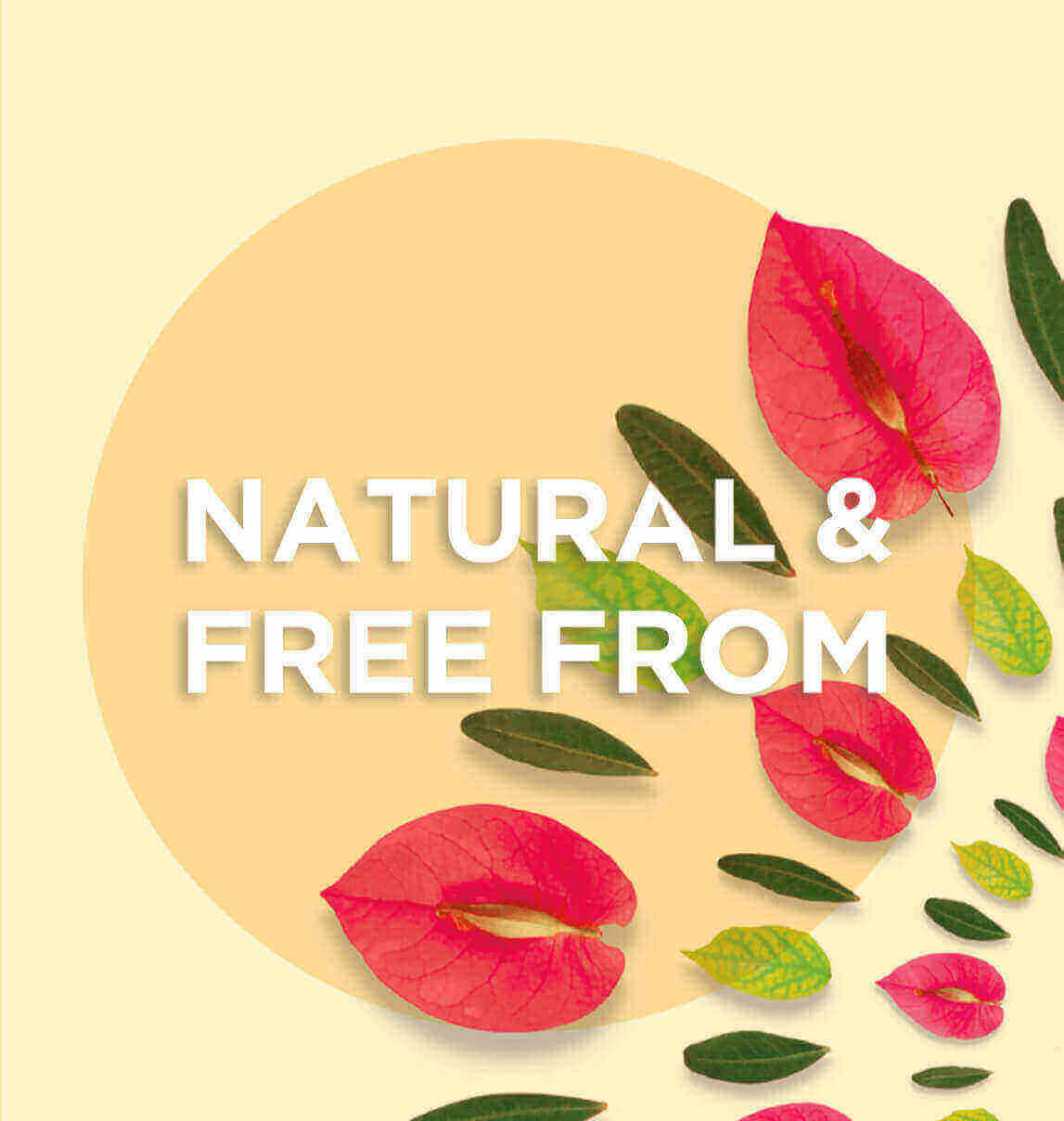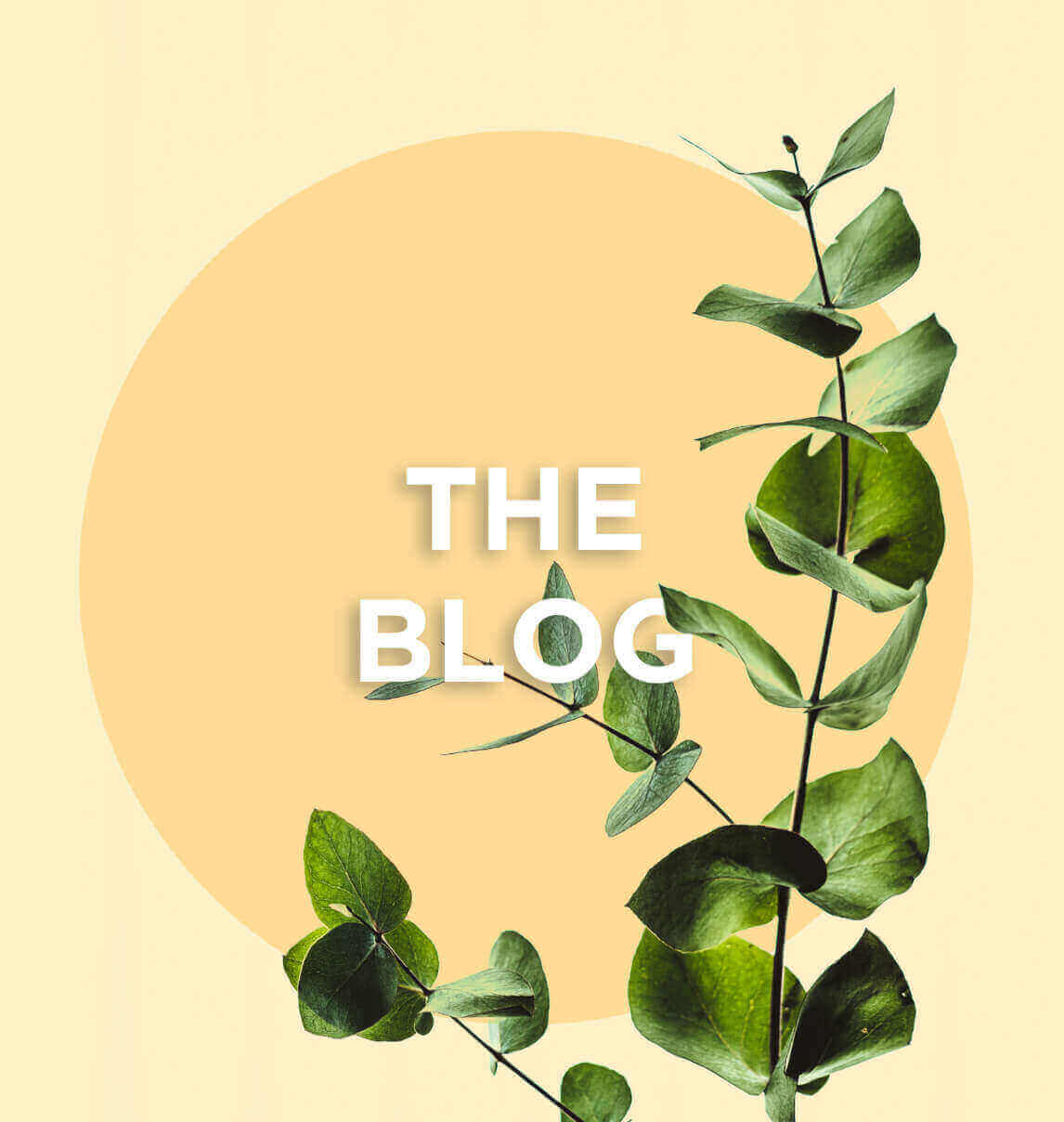Horsetail*, (Equisetum arvense L.), known since ancient times, is a herbaceous plant with no flowers, which has two types of stem:
- A short, fertile, white-brown one, which is spike-shaped. It can be seen in the spring.
- The other, green, with multiple branches, is spindly and infertile. It appears in summer and gives the plant its bushy appearance, which is where it gets the name “tail of horse” from. It grows to around 40 to 60cm.
*Be careful not to confuse it with toxic species including marsh horsetail (Equisetum palustre), rich in poisonous alkaloids.
This plant grows in sandy, damp and shady areas. Common in Europe, it can also be found in Asia and North America.
The presence of flavonoids and potassium salt give it a diuretic action. Thus they help to detox the body, ridding it of toxins and toxic substances and working as a slimming aid and treatment for cellulite, chronic osteoarthritis and rheumatism…
Anti-free radical and anti-inflammatory substances (including vitamin C) protect the body and enhance the aforementioned properties.
Horsetail is, above all, known for its remineralisation action thanks to its high percentage of silicon (present in a soluble state or as insoluble silica). Iron, calcium, magnesium, potassium, manganese… which are also present, contribute to the effect.
Silicon is a component of skin tissue. It acts at the collagen level, maintaining and enhancing the skin’s elasticity. It is an asset to all cosmetic products because of its anti-wrinkle and anti-stretch mark action and its ability to strengthen skin appendages (broken nails and damaged hair).
Horsetail revives the synthesis of cartilage and tendons. It is recommended for athletes who are starting their activities again or stepping them up a level.
It also encourages the healing of fractures as it provides silicon and calcium and works for improved binding of the latter in the bone cells.
In the form of a herbal tea (15 min infusion), horsetail is primarily diuretic, anti-oxidant and anti-inflammatory. The daily dose is one to two cupfuls, with two grams or a teaspoon-full per cup. Three to four weeks of treatment every three months is advised.
In powder capsules, its remineralisation action is predominant. It should be consumed at a rate of two grams per day. A three to four week course of treatment is recommended during periods of tiredness, hair loss… or seasonal change.
Horsetail is associated with sea buckthorn (berries), the stinging nettle (leaves) as well as all other detox plants (liver and kidneys).
| PLANTS | PROPERTIES | INSTRUCTIONS | NORMAL DOSES/ 24H | CONTRAINDICATIONS
PRECAUTIONS/ COMMENTS |
| Rosmarinus officinalis
(branches) |
Liver protection
Detoxifying action Diuretic action Anti-oxidant |
Liver and kidney detox
Anti-fatigue Prevention of ageing |
1 to 2 grams powder in total.
200 to 400mg dry extract Herbal tea, 1 to 2 cupfuls per day |
Gallstones
Gall-bladder removal Pregnant or breastfeeding women Children under the age of twelve |
| BLACK RADISH
(root) |
Liver protection
Stimulates bile function Draining action Detoxifying action Anti-oxidant Remineralisation |
Liver and kidney detox
Anti-fatigue Stimulates the growth of the skin appendages |
1 to 2 grams powder in total.
200 to 400mg dry extract Herbal tea, 1 to 2 cupfuls per day |
Difficult digestion (juice)
Gallstones Gall-bladder removal |
| STINGING NETTLE
(leaves) |
Diuretic action
Anti-inflammatory action Remineralisation |
Liver and kidney detox
Stimulates growth of the skin appendages Anti-fatigue Chronic osteoarthrosis and rheumatism |
1 to 2 grams powder in total.
200 to 400mg dry extract Herbal tea, 1 to 2 cupfuls per day |
Pregnant or breastfeeding women
Children under the age of twelve Kidney stones |
| SEA BUCKTHORN
(berries) |
Anti-oxidant
Remineralisation Vitamin intake |
Anti-fatigue
Prevention of ageing Stimulates the growth of the skin appendages |
Juice: 1 to 3 tablespoons per day
Syrup: 2 to 4 tablespoons per day |
1 to 3 months of treatment
The juice has a very acidic taste |





